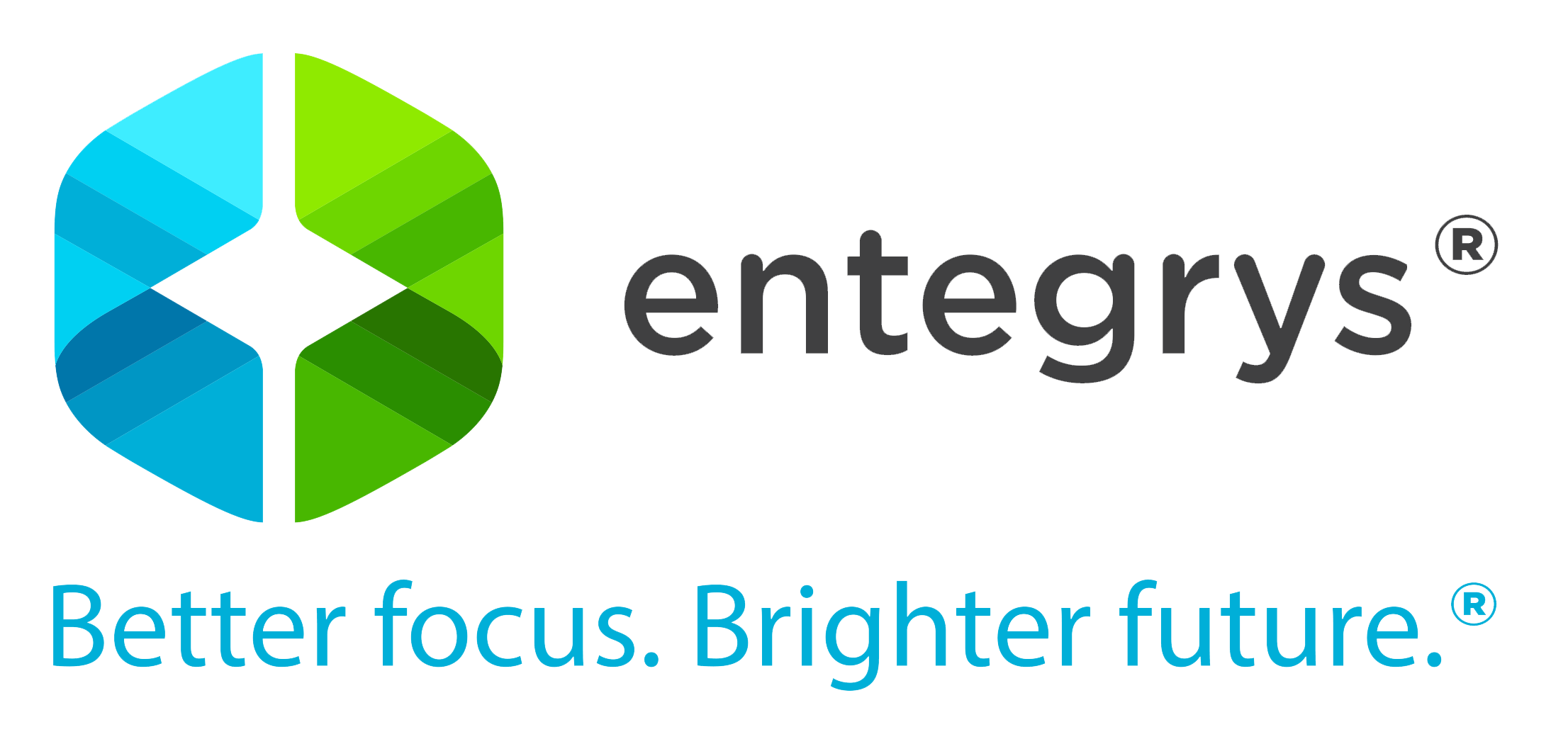The New Face of the Workplace?
The shift to remote work
Since 2020, working from home has gained significant traction and may well be here to stay! A 2021 Gallup study found that the percentage of remote workers in America doubled from 31% to 62% in 2020 alone. As a result, there are now more than 100 million people working from home in the USA.
Although this shift was largely brought on by the realities of Covid-19, employees and employers alike have awakened to the benefits of this working style—convenience and increased well-being for many employees and potential cost-savings for businesses.
For example, a 2019 journal article on working from home showed that remote workers self-reported higher productivity given “reduced time in communicating with co-workers, a suitable working place at home and the possibility to take care of family members when teleworking.” Employees further identified being able to work when feeling somewhat sick and the flexibility of working hours as great advantages.
The authors also referenced a 1994 article by Conti and Burton identifying the high economic impact of depressive disorders on the corporate world—greater than the impact of common chronic medical conditions. They found that depression and related psychological problems strongly correlated with presenteeism—the obligation to be present in the workplace even when sick or facing other workplace pressures such as conflict or excessive management demands. Conti and Burton suggested that teleworking might reduce these pressures, thereby creating potential cost-savings for businesses.
What factors are key to the success of remote work?
A 2022 Gallup study found that the roles best suited to remote work meet three criteria, i.e.:
- The duties can be performed effectively in an off-site work environment.
- The tasks and processes of the role are well-defined.
- Tasks are not highly dependent on others’ input for successful completion.
“But based on Gallup’s analysis of remote worker engagement and burnout, roles that do not meet all three criteria will likely require additional support from the manager and organization to produce exceptional performance.” The Gallup study went on to say that “Effective management of employees at home requires that managers have frequent, meaningful conversations about employees’ needs and work. … In fact, … remote employees who strongly agree they received meaningful feedback in the past week are 4.6 times as likely to be engaged” compared to those who did not.
The study also showed that those working remotely 80 to 100% of the week were most satisfied when they received feedback a few times a week. But just how often feedback should be given depends on the nature of the role, the employer and the employee. Talking to each employee individually will help you decide what suits your joint needs for quality assurance, role and task clarity, the employee’s well-being, and their ongoing professional development.
Closely linked to this, the Nakrošienė article also found “that a supervisor’s trust and support are very important resources for teleworkers related to perceived career opportunities and satisfaction with telework.”
Setting yourself up for success
Whether you find yourself working from home by choice or by necessity, you play an important role in its success. These tips could help you increase the success:
- Create a separate workspace at home to lessen distractions.
- Build a routine.
- Take small breaks from your screen.
- Prepare a task list to keep you organized.
- Use tools like Google Calendar, Gantt charts and other time management aids to manage your time.
- Set aside time outside work hours to focus on self-care and your overall well-being to ensure that work does not become all consuming.
Developing for success
You hold the key to success in this new workplace. Working remotely brings with it increased responsibility to manage yourself, your time and your workload, which is why continuous self-development is more crucial than ever. Developing competencies like self-management, planning and organizing, stress management, adaptability, and continuous learning is a great way to grow personally and professionally to meet the challenges of a remote workplace. The Entegrys online competency feedback tools can help you identify which competencies to focus on to accelerate success for you and/or your employees. You can check out them out here.
1 Gallup. (2021, September 15). Work and workplace. https://news.gallup.com/poll/1720/Work-Work-Place.aspx
2 Nakrošienė, A., Bučiūnienė, I., & Goštautaitė, B. (2019, January 11). Working from home: Characteristics and outcomes of Telework. International Journal of Manpower. https://www.emerald.com/insight/content/doi/10.1108/IJM-07-2017-0172/full/html
3 Gallup, 0I. (2022, January 21). Succeeding with remote work. https://www.gallup.com/workplace/316313/understanding-and-managing-remote-workers.aspx#ite-316439
4 ibid
5 ibid
6 Nakrošienė, A., et all





